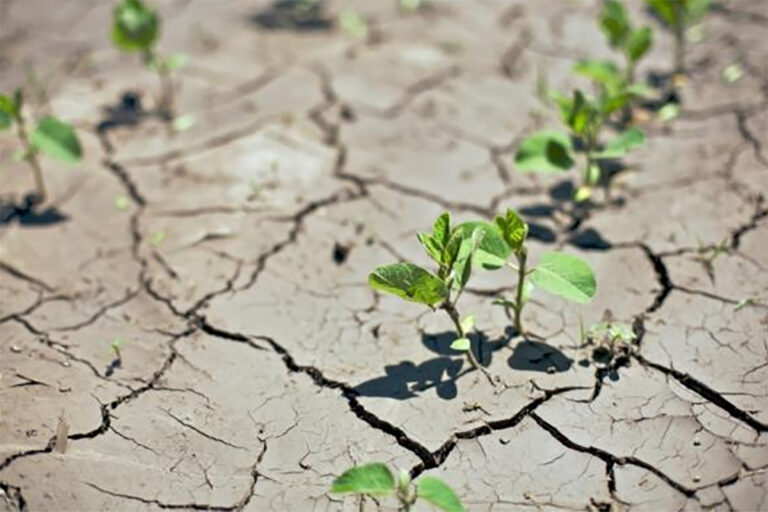Mr. Ewald Ramensteiner, Deputy Director of the FAO Forestry Department, and Mr. Christophe Besassier, Senior Forestry Department Officer
Africa faces some of its biggest challenges in the race to tackle climate change and ensure that both people and the planet can thrive. Central to these challenges is the fight to secure enough fertile land to produce food for a growing population.
In recent decades, intensive agriculture and overgrazing combined with extraordinary pressures from extreme weather, poverty, conflict, urban expansion, and pollution have turned once-green landscapes across Africa into arid, barren landscapes. It has changed. Almost 65% of the continent's potentially productive land is currently degraded and 45% is affected by desertification. Africa, where land productivity is very low, currently spends $35 billion a year on food imports.
But it is possible to restore damaged ecosystems or create new ones where nature has been degraded or destroyed, and in the current United Nations Decade for Ecosystem Restoration, the world is poised to do just that. cooperation is being promoted.
Regenerating many ecosystems requires extensive planting of trees, bushes, and grasses. This uses carefully selected species, techniques such as creating microbial basins to collect water around plants, and techniques that help local communities monitor and share data on weather changes, pests and diseases. It can be achieved by
At the same time, more sustainable agricultural techniques need to be widely adopted. It means, for example, planting trees on farms (agroforestry) to preserve the soil and improve its quality, retain water and provide shade for animals (silvopasture). That means switching to sustainable farming methods, such as growing a variety of crops rather than just one, and choosing native plants that improve soil quality and productivity.
Restoring damaged land will once again increase productivity and improve food and water security. They also provide livelihoods and many agricultural products and ecosystem services on which local communities and the world at large depend.
Recovery therefore plays a key role in achieving the SDGs by 2030, especially SDG 15 (Livelihoods on Land), and also helps to mitigate the impacts of climate change (SDG 13).
Since 2015, 34 African countries have taken on the challenge of jointly restoring at least 100 million hectares by 2030 under the African Forest Landscape Restoration Initiative, known as AFR100.
Social capital, motivation, and trust among smallholder farmers in Africa, where approximately 70% of the population makes their living from the land, enable collective landscape interventions at the necessary scale.
Yet Africa's rural communities, including forest and farm producers and indigenous peoples, are often among the world's poorest and most isolated peoples. They often have no legal title to the land they work and no voice in local policy-making. They often cannot afford to invest in new tools or lose income while exploring new ways of working. With increased international support, some of these barriers could be overcome.
At the United Nations Climate Change Conference in November 2022, Germany and other countries pledged to substantially increase support for forest and landscape restoration and direct support to local communities, including indigenous peoples.
A new multi-partner program led by the United Nations Food and Agriculture Organization (FAO), launched at the 16th Conference of the Parties to the Convention on Biological Diversity (CBD COP 16) on Recovery Day this week, will put these commitments into practice. Move.
With €40 million in funding from the German government, the program will support communities in six African countries with direct funding and technical assistance over the next four years, with each community restoring 7,000 hectares and restoring a further 20,000 hectares. We plan to improve management.
Direct, more accessible finance, including blended finance solutions that mobilize private sector capital, allows communities to strengthen governance and voice, invest in science-driven restoration projects, and develop restoration-based businesses. It becomes possible. Training and information sharing will take place on best practices and science, as well as how to monitor and communicate results in the recovery and the creation of business opportunities and jobs.
The program will not only help accelerate progress towards the AFR100 target, but will also improve local livelihoods with a focus on women and youth.
But this is just the beginning. The program's model could be replicated across Africa and beyond. The program aims to raise at least US$100 million in additional funding for other African countries and other regions.
Only with the support of people on the ground can nature recover from a crisis.

